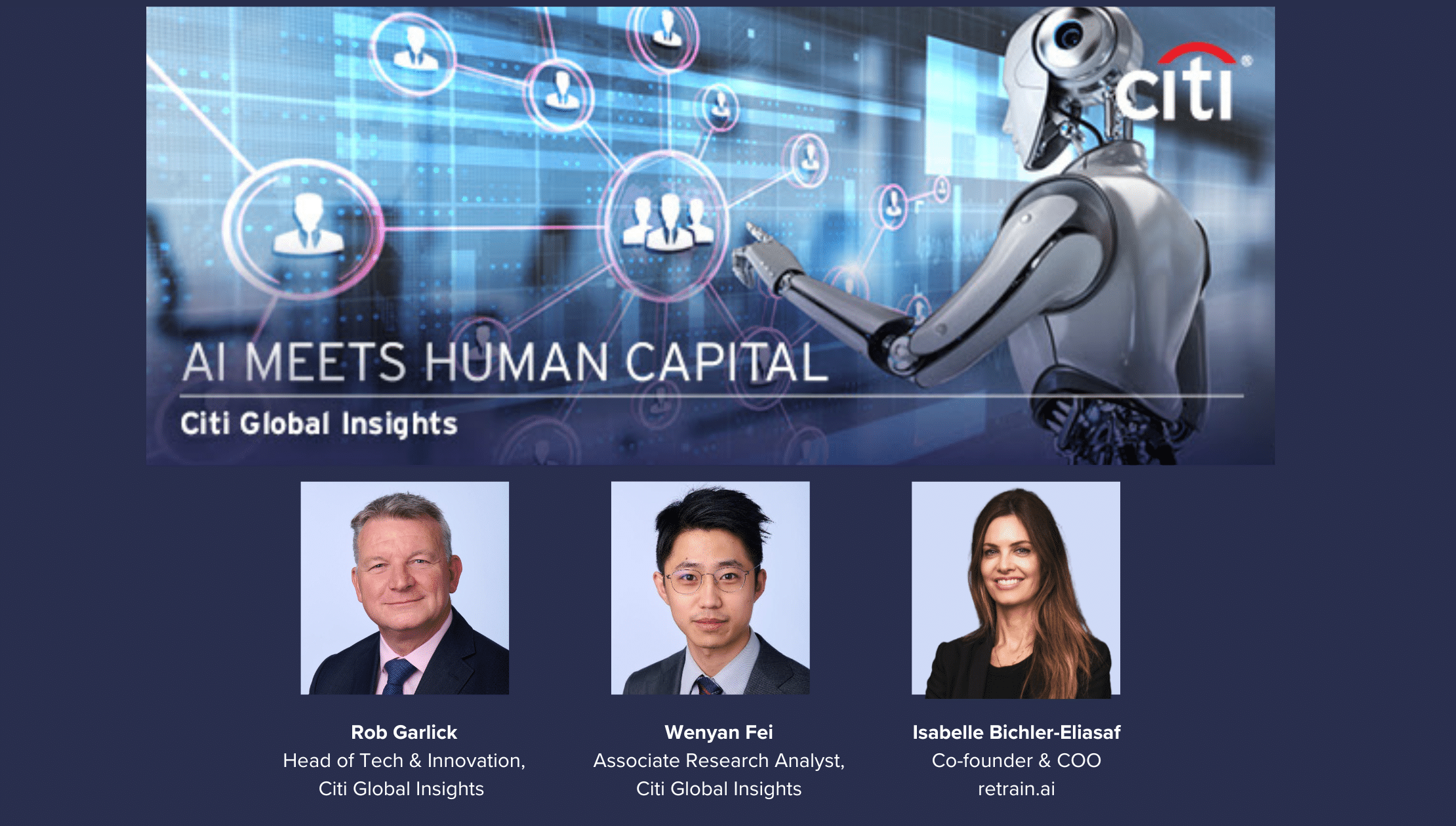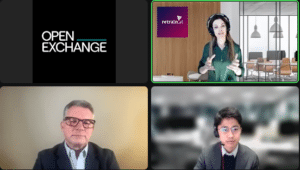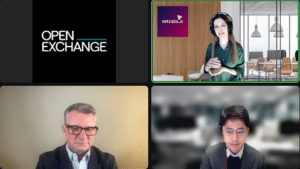The following is a summary of “Mitigate Bias From AI in Technology,” a report from Gartner. The full report is available for download here (For Gartner Subscribers).
Summary
Organizations are rapidly adopting AI in HR, while regulations are struggling to keep up. As part of their HR strategy, HR leaders must promote responsible AI in their applications by mitigating bias that poses risks to talent management, the employee experience, DEI and more.
Key Findings from the Gartner report
- Fifty-three percent of HR leaders are concerned about potential bias and discrimination from AI. Bias in AI is unavoidable; however, HR leaders can establish best practices that mitigate this bias.
- Thoroughly vetting HR technologies for bias requires an understanding of business processes. Broad overarching assessments can lead to missed sources of bias, or to inaction due to fear of getting it wrong. The organization should assess each use case individually.
- AI regulations, including HR-specific measures relevant to bias, are gradually taking effect. Since many HR functions plan to buy AI capabilities built by vendors, HR leaders face the need to monitor technology providers for their regulatory compliance and ethical considerations.
- HR leaders are positioned to take a leading role in advancing practices that bolster openness about the potential impacts of bias from AI applications, and 35% of HR leaders recently reported they expect to lead their organization’s enterprise wide AI ethics approach.
Gartner Recommendations
HR leaders responsible for technology strategy must:
- Map possible sources and outputs of bias for each AI use case in HR to assist in flagging areas of risk and monitoring vendors for their commitment to responsible AI practices.
- Require and evaluate bias mitigation from HR technology providers offering AI functionality by assessing criteria related to their data, algorithms, organizational context, regulation compliance and ethical considerations.
- Promote transparency into the potential impacts of AI’s bias by collaborating with external and internal stakeholders to take decisive steps in protecting the organization, the future of work and society at large.
Gartner, Mitigate Bias From AI in HR Technology, By Helen Poitevin, 16 October 2023
GARTNER is a registered trademark and service mark of Gartner, Inc. and/or its affiliates in the U.S. and internationally and is used herein with permission. All rights reserved.
Gartner does not endorse any vendor, product or service depicted in its research publications, and does not advise technology users to select only those vendors with the highest ratings or other designation. Gartner research publications consist of the opinions of Gartner research organization and should not be construed as statements of fact. Gartner disclaims all warranties, expressed or implied, with respect to this research, including any warranties of merchantability or fitness for a particular purpose.




